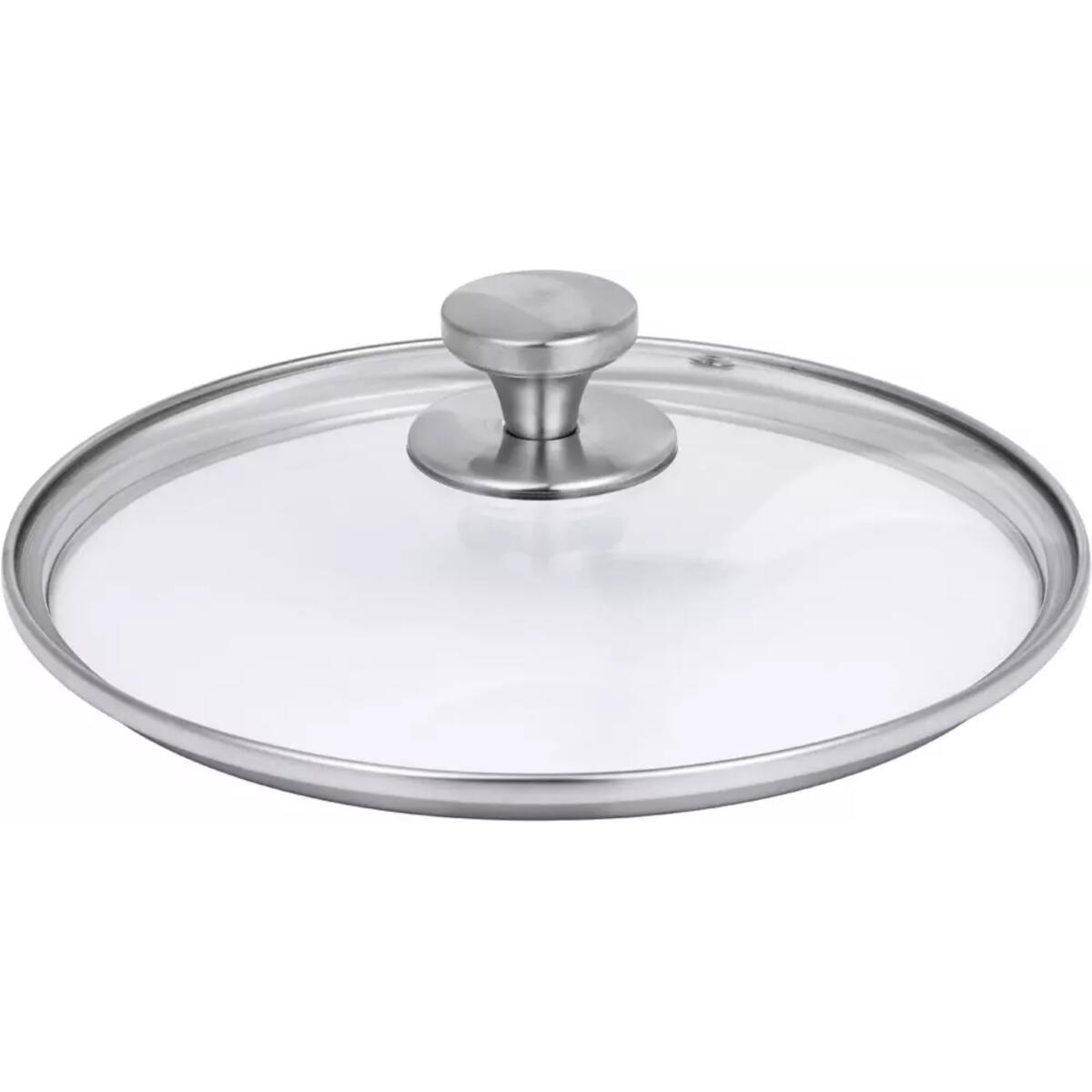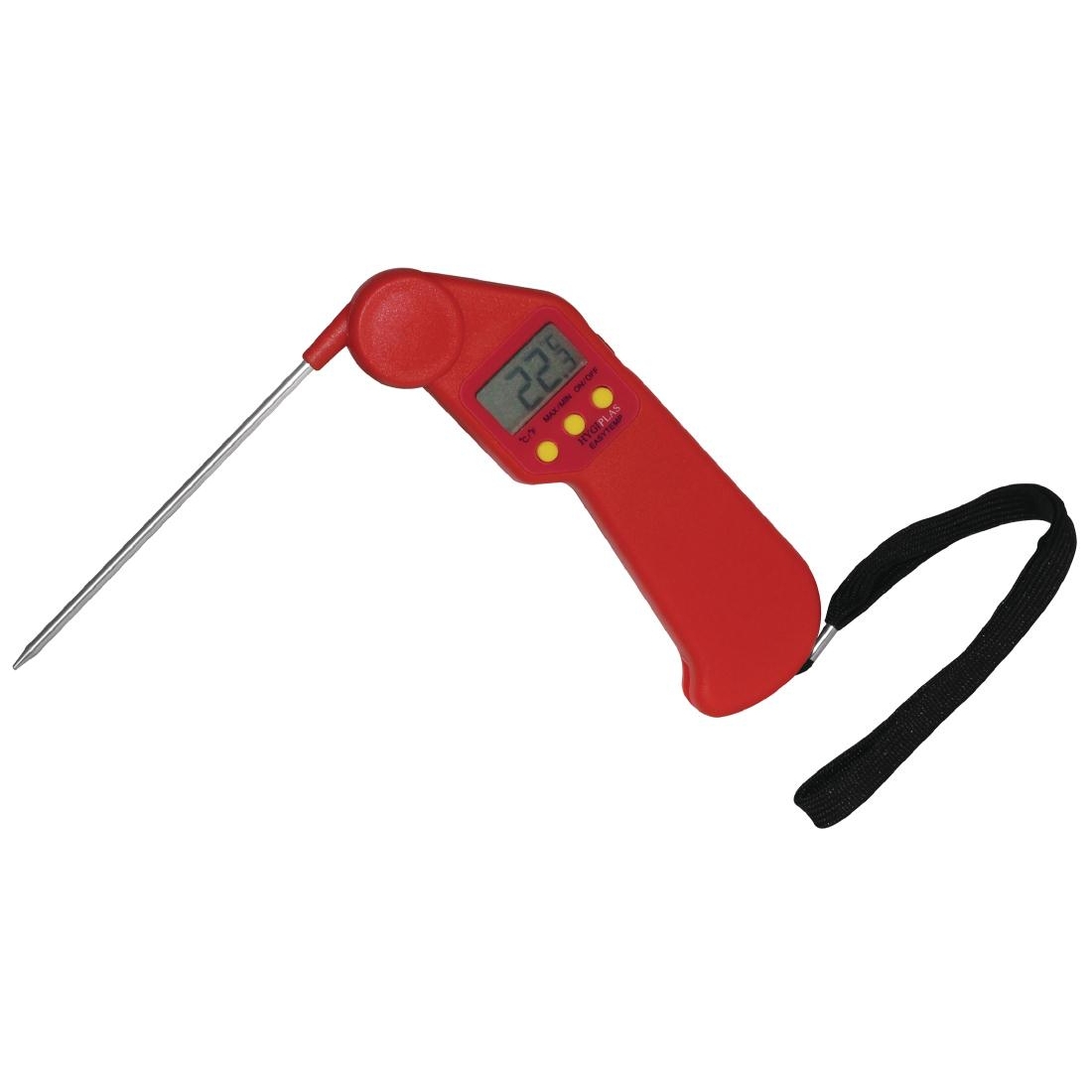Slow cooking with your Instant Pot: this is how it works!
Slow cooking with an Instant Pot Multicooker ? Our multicookers offer endless possibilities to serve your favorite dishes. To get the most out of this versatile kitchen partner, we share essential tips in this blog to understand the slow cook function and use it effectively. Prepare delicious stews, soups, curries, pasta or roasts, simply with the Instant Pot!
What is a slow cooker?
A slow cooker is a specialized appliance that usually has one purpose, slow cooking, and is very good at it. A slow cooker consists of three parts: The basic heating device, an inner pot that contains the food and sits inside the pot, and a vented lid that sits on the pot but is never locked in place* to remain undisturbed while cooking. A slow cooker cooks slowly and for a long time over low heat.
The heat is so low and uses so little energy - much less than an oven - that you can set it and leave it on for many hours, even while you are at work. It's that safe.
A slow cooker requires no supervision. In fact, it works best when left completely undisturbed (unless a specific recipe dictates otherwise). When it's dinner time, take the lid off the slow cooker and find a perfectly prepared meal.
And if that's not enough to love, slow cookers are super easy to use and cheap, but unfortunately not as versatile as a multi-cooker. Slow cooker is a general term. There are many brands of slow cookers. An example is the Crock-Pot, a brand name so well known that it is often used interchangeably with slow cooker.
Some slow cookers have locks or clamps to hold the lid in place, but this is for transport only so that the contents do not spill. These clips/locks should never be used during the slow cooker process.
What is an Instant Pot?
Instant Pot is a brand name for a multi-cooker, just as Scotch Tape is a brand for cellophane tape, Kleenex is a well-known brand for tissues, and Crock-Pot is a brand for slow cookers.
A multicooker is a kitchen appliance that does many things. But its main purpose is pressure cooking. Pressure cooking allows you to prepare things much faster, so you can prepare dishes like stews in less than an hour. That's what makes the Instant Pot so popular for rushed weeknight meals.
Today, the Instant Pot comes in a number of different sizes and models. The Instant Pot is by far the favorite multi-cooker, with over 30,000 5-star reviews on Amazon. Instant Pot is a near perfect appliance. Almost.
The Instant Pot is best known as a pressure cooker, but it can do many other things, like sautéing and slow cooking, hence the word "multi." Instant Pot is available in a number of models and versions, the latest boasting that it is 10 appliances in one with settings for Pressure Cooker, Slow Cooker, Rice Cooker, Yogurt Maker, Cake Maker, Egg Cooker, Sauté, Sterilize, and just look how many more !
Want to read more about what exactly an Instant Pot is? Click here !
Want to know why you too want an Instant Pot? Click here !
Slow cooking with an Instant Pot
The Instant Pot is great, but it has one shortcoming: its slow cook mode doesn't fully compare to a specialized slow cooker. The device has many more different cooking programs and is therefore extremely versatile. Your Instant Pot can replace up to 10 different machines, but slow cooking unfortunately falls slightly short. True slow cooking fanatics will probably not be satisfied with an Instant Pot, and will always want to keep a separate slow cooker. But that doesn't mean you can't slow cook with an Instant Pot because there are solutions to circumvent these shortcomings. Just don't expect to be able to set it and forget it like a traditional slow cooker. You need to know how to convert a slow cooker recipe, how to adjust the time and temperature, how to create good evaporation, and you may need to lower your expectations a bit. Below we explain how you can still use your Instant Pot for slow cooking.
Adapt slow cooking recipes for your Instant Pot
Recipes that are special designed for a slow cooker usually contain liquid such as water, stock or stock. There is a reason for this, such as the food being cooked needs that moisture or the recipe wants you to have gravy or sauce. The dimensions are specific and intended to be followed.
A slow cooker is designed to allow some of that moisture to evaporate and allow condensation. It's all part of the process. The Instant Pot slow cooker does not take this into account. It cannot cope well with the necessary evaporation.
Solution: Reduce the liquid in a slow cooker recipe by 15%-20% when using the Instant Pot in slow cook mode. This will make up for the lack of evaporation (unless you purchase an additional accessory, which will come later).
Time
This is the tricky part. The feature of a slow cooker that contributes greatly to its success is the requirement for no peeking. Do not lift the lid! The rule of thumb is that for each time you lift the lid during the long slow cooking process, allow an additional 25 minutes of cooking time.
In the Instant Pot's slow cook mode, things are a bit uncertain and you actually have to check in between by opening the lid to see and test what's going on. You may need to add an extra hour of cooking time! Or you discover so much moisture that you have to drain some of it.
Solution: Wait until you think the food is done and then remove the lid. Check the internal temperature of the food with a thermometer. If you see too much liquid, you can now drain it as desired. If necessary, return the Instant Pot to slow cook mode for a few more minutes or even an hour longer. Unfortunately it is not an exact science and you will have to estimate and experiment.
Temperature
To make things even more confusing, the Instant Pot has three slow cooker heat settings (not including hot):
- Less (82°C to 88°C)
- Normal (88-93°C)
- More (93-99°C)
Slow cookers usually have three settings: Low (about 74°C), High (100°F), Warm (93°F). Although the Instant Pot's lowest setting appears to be similar to a slow cooker's lowest setting, it appears to operate at a much lower temperature, meaning cooking is slower.
Solution: To mimic the "low" setting of a slow cooker, use Instant Pot slow cook "Normal". For the "High" setting of a slow cooker, use Instant Pot's "More."
Evaporation
The Instant Pot is primarily a pressure cooker with a lid that seals and locks in place—which it needs to have, considering all that pressure! Of course, the pressure valve remains open when you use the Instant Pot as a slow cooker, otherwise you would be cooking under pressure. This causes some evaporation, but much less than with a traditional slow cooker. In my experience that is not enough. With slow cookers, moisture loss is possible and necessary through a hole in the lid of the slow cooker. This means that your slow-cooked dish in the Instant Pot will likely come out swimming in moisture, even though the moisture was intended to decrease through evaporation.
Solution!
For your Instant Pot, purchase a tempered glass lid that has a hole for steam and evaporation to escape and is not locked in place. This will solve the evaporation problem. Plus, you can now see exactly what's happening in your Instant Pot and you don't have to keep removing the lid to see what's going on.
A good thermometer helps keep an eye on the temperature. You simply insert this through the hole in the lid (see above) so that you know exactly what the temperature is.
Conclusion
The Instant Pot is a versatile multi-cooker that cooks primarily with pressure. By reading this blog you can also make optimal use of mTake advantage of the slow cook function that the multicooker has to offer. This way you are ready to serve perfectly prepared slow-cooked meals. Trust the cooking process without peeking, let the Instant Pot preheat thoroughly and enjoy the flavorful results!
Would you like more of this kind of useful information? Sign up for our newsletter for the latest news, useful tips and advice, delicious recipes, and special offers. We email at most once a week.







